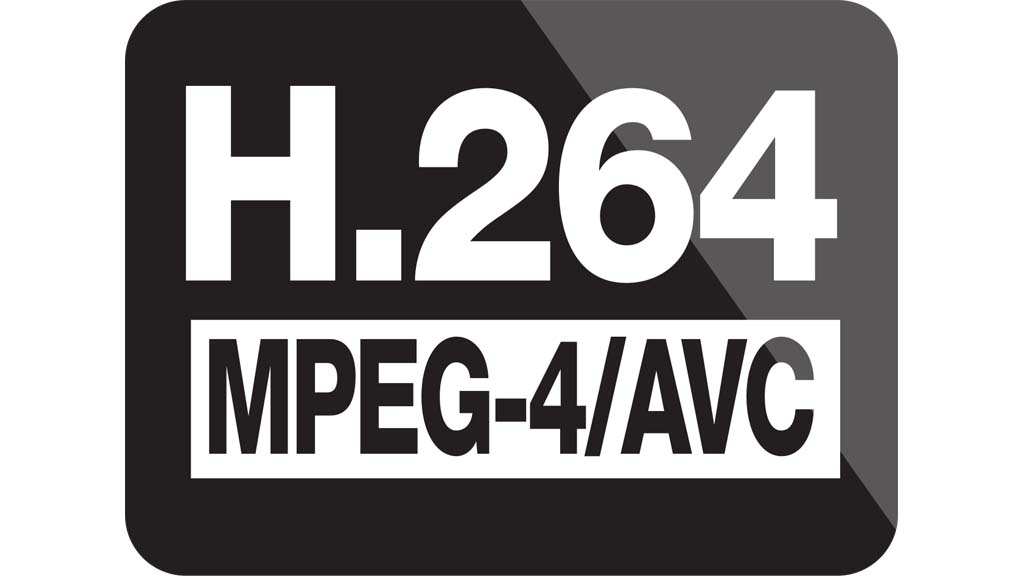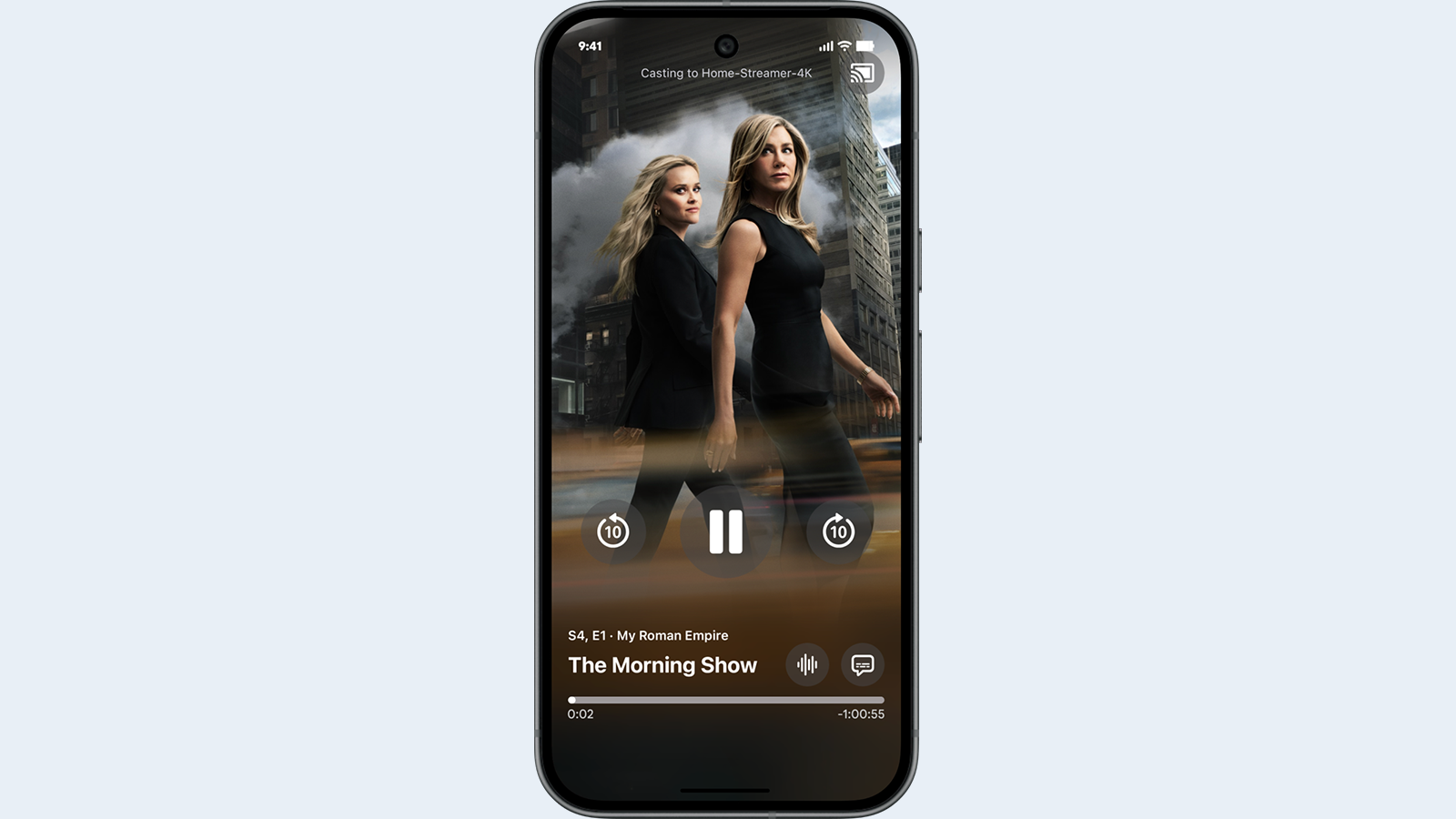
The Federal Communications Commission is hoping MPEG-4 can do the heavy lifting in bringing an end to ATSC 1.0.
On Oct. 7, the commission published on its website a draft notice of proposed rulemaking that will enable TV broadcasters to make more permissive use of ATSC 3.0. The draft is an agenda item for its Oct. 28 open meeting. (Whether or not the federal government is open for business then is unclear at this writing.)
Earlier in the year, the National Association of Broadcasters petitioned the agency to set up two dates certain—February 2028 and February 2030—for the shutoff of ATSC 1.0, depending on market size. The agency’s draft NPRM sets that request aside. Rather, the FCC has tentatively concluded broadcasters “should be allowed to choose when to stop broadcasting in 1.0 and start broadcasting exclusively in 3.0.”
Since non-backward-compatible 3.0 was authorized in 2017, FCC rules have required broadcasters electing to deploy NextGen TV service to simulcast 1.0 and 3.0 as a way to preserve over-the-air TV service to viewers with 1.0 sets.
Broadcasters and the FCC itself have repeatedly asserted that it’s not in the commercial interests of stations to disenfranchise large numbers of viewers by making a flash cut to 3.0.
In the draft NPRM, the agency put it this way: “Simulcasting remains important for protecting viewers during the transition period. At this stage broadcasters have strong market incentives to continue to effectively serve their viewers. We believe we can and should rely on these incentives and allow stations themselves to decide how and when to move forward with full 3.0 service.”
Enter MPEG-4. Today, in most 3.0 markets, multiple broadcasters share one stick and RF infrastructure to transmit NextGen TV. In a few, it’s two. They also have jumped through hoops and shared facilities to remain on-air with their 1.0 signals. (All of this is necessary because they were not awarded a temporary second channel assignment for their 3.0 signals as was the case in the analog-to-digital transition.)
The professional video industry's #1 source for news, trends and product and tech information. Sign up below.
The draft NPRM would stand this lighthouse structure on its head. Rather than one or two 3.0 lighthouses and the remaining sticks in a market transmitting legacy DTV, broadcasters would preserve ATSC 1.0 from one or more shared lighthouses, freeing them to devote far more available broadcast bandwidth in their markets to NextGen TV and making it possible for them to begin offering more advanced 3.0 services.
The draft NPRM proposes allowing stations that elect to continue simulcasting to use MPEG-4 encoding for 1.0 multicast streams. The more efficient MPEG-4 encoding is central to a 1.0 lighthouse. A year ago, my TV Tech colleague Doug Lung wrote an editorial on this, which the commission noted in the draft NPRM.
Can MPEG-4 pull this off? The jury is out. Broadcasters have told the commission that only viewers with older sets—16 years or older—would be unable to receive the video portion of an MPEG-4 ATSC 1.0 transmission.
Anecdotally, some broadcasters that have employed MPEG-4 for digital subchannels have been flooded with calls from viewers with older sets that could not receive a picture. As Kyle Walker, vice president of technology at Weigel Broadcasting, recently told me: “Our findings indicate that approximately 20% of televisions cannot display MPEG-4. In the rare instance when one of our broadcast affiliates mistakenly changes one of our networks from MPEG-2 to MPEG-4, we hear from viewers almost immediately.”
At least for those viewers, authorizing MPEG-4 for ATSC 1.0 would essentially be the same as authorizing a 1.0 shutoff in favor of 3.0: It would require consumers with older TVs to buy a converter box or a new set.
That brings us back to the notion of broadcasters not wishing to disenfranchise existing OTA viewers. It’s not in their financial interest to reduce audience size and associated ad revenue, nor is it in the public’s interest to lose free OTA service.
Phil Kurz is a contributing editor to TV Tech. He has written about TV and video technology for more than 30 years and served as editor of three leading industry magazines. He earned a Bachelor of Journalism and a Master’s Degree in Journalism from the University of Missouri-Columbia School of Journalism.

